Teacher’s Guide to Amnesty’s Human Rights Academy
Amnesty International’s online education portal, Amnesty Human Rights Academy, now offers a curated Teacher’s Guide aimed at educators of students aged 10 and up. Teachers can use this guide to supplement their lesson plans with online courses about human rights, each lasting from 20 minutes to a few hours. Some of the topics covered include an introduction to human rights, freedom of expression, and human rights defenders.
Flipping the classroom
Amnesty International has produced many resources for teachers before, including our Human Rights Friendly Schools framework and a wide range of other toolkits. The Teacher’s Guide, however, is our first global resource based on a flipped classroom approach. In a traditional model, students learn new information in the classroom and later apply that knowledge through homework. The flipped classroom reverses this: Students learn new information independently at home and later apply it through classroom exercises.
The flipped classroom approach isn’t always ideal, but it does have its benefits. Some students that struggle in a formal classroom environment do much better with online courses, where they can proceed at their own pace. Online courses on the Academy don’t require their undivided attention, and they don’t pressure students with time-limited tests. Flipped classrooms also often entail group discussions and joint exercises, so students have greater opportunity for input and participation, and their individual needs are more likely to be addressed. This can also be more stimulating for teachers, because instead of reciting information, they can actively and creatively engage and discuss with their students.
Of course, many teachers already do this, even if they don’t call their approach “flipped classroom”! But fewer are equipped to do this on the subject of human rights, unless it’s directly part of their curriculum. The Teacher’s Guide on the Amnesty Human Rights Academy aims to fill this gap by pointing teachers to our free learning resources on human rights that they can use for their own flipped classroom.
Teaching during a pandemic
The benefits of the flipped classroom approach are even more pronounced in the context of the COVID-19 pandemic. The current situation for schools varies from country to country, and even within countries. But one thing that teachers everywhere now face, in their own unique ways, is the need to adapt.
If a school is physically closed to students, and teachers need to rely on online resources to keep students engaged in learning, the Teacher’s Guide can form the basis of lesson plans for distance learning. Teachers can direct students to take an online course on their own, and later they can follow up with group discussions in a virtual classroom. Learning outcomes are listed at the beginning of each course, so teachers can determine if a course is suitable for their students and for their curriculum.
If your school is physically open to students, the guide is still just as relevant. Instead of taking the learning further in a virtual classroom, teachers can engage students through hands-on classroom activities.
The guide is useful beyond the scope of the pandemic, too. As we look into the future of education, we see necessary pivots and shifts. Online courses will continue to be one of many tools available to educators in all fields, allowing for structured learning regardless of location.
Using the Teacher’s Guide
Maybe you’re a social studies teacher covering indigenous peoples of your country—have your students take the short course on Indigenous Peoples’ Land Rights. If you have younger students and want to address the basics, have students take An Introduction to Human Rights. If your classes are now online and you’re concerned about students’ online safety, introduce them to Digital Security and Human Rights.
The guide is meant to be a starting point, a window into the Amnesty Human Rights Academy and what it can offer to educators interested in human rights. Teachers may find that, after exploring the Academy and the rest of the course catalog, they see other learning opportunities available to their students. Educators often find their own creative solutions!
Fuente de la Información: https://www.amnesty.org/en/latest/education/2020/09/teachers-guide-to-amnestys-human-rights-academy/

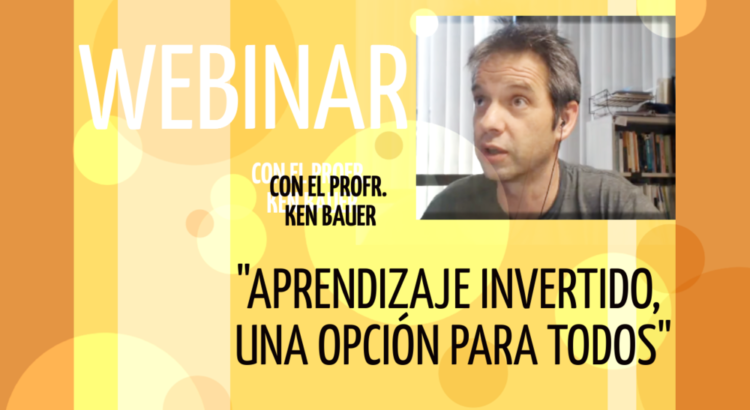




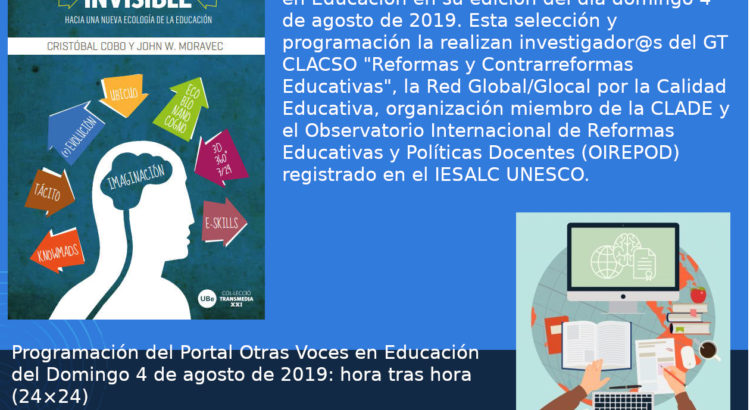
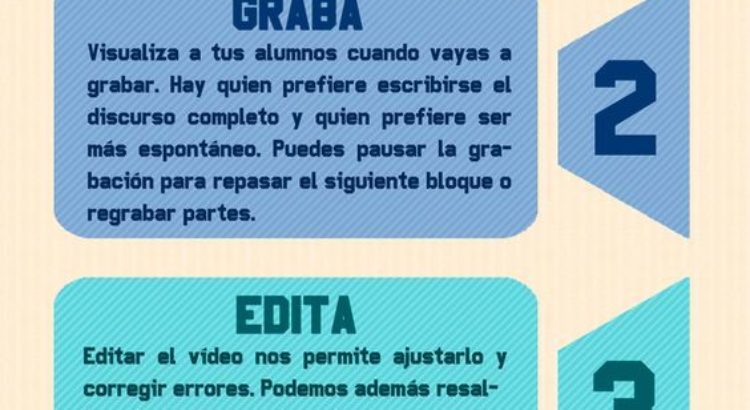
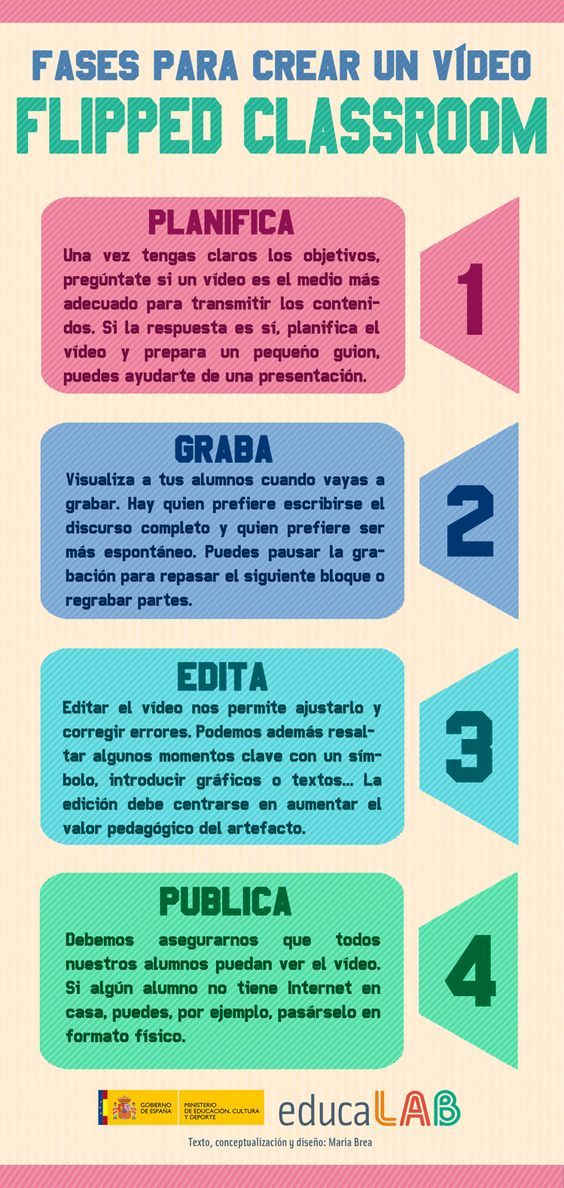
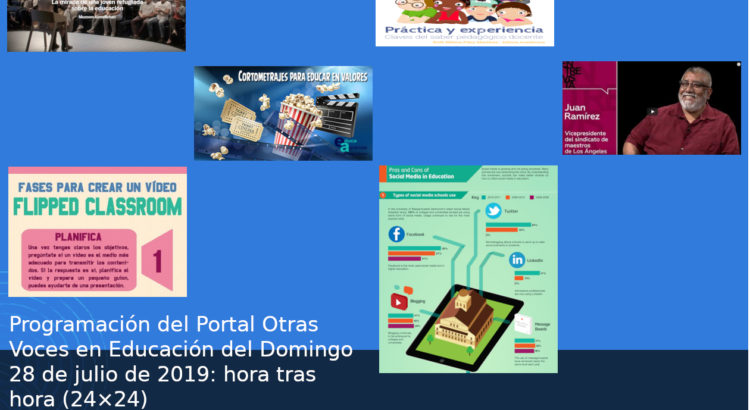






 Users Today : 72
Users Today : 72 Total Users : 35459978
Total Users : 35459978 Views Today : 96
Views Today : 96 Total views : 3418561
Total views : 3418561